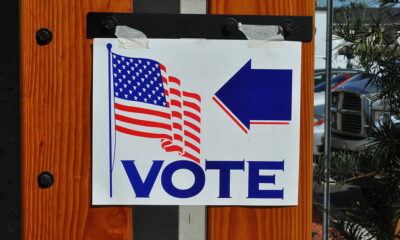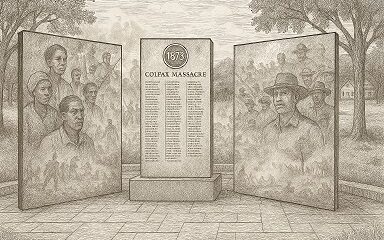Mississippi Today
Will Baptist and UMMC battle over burn care?
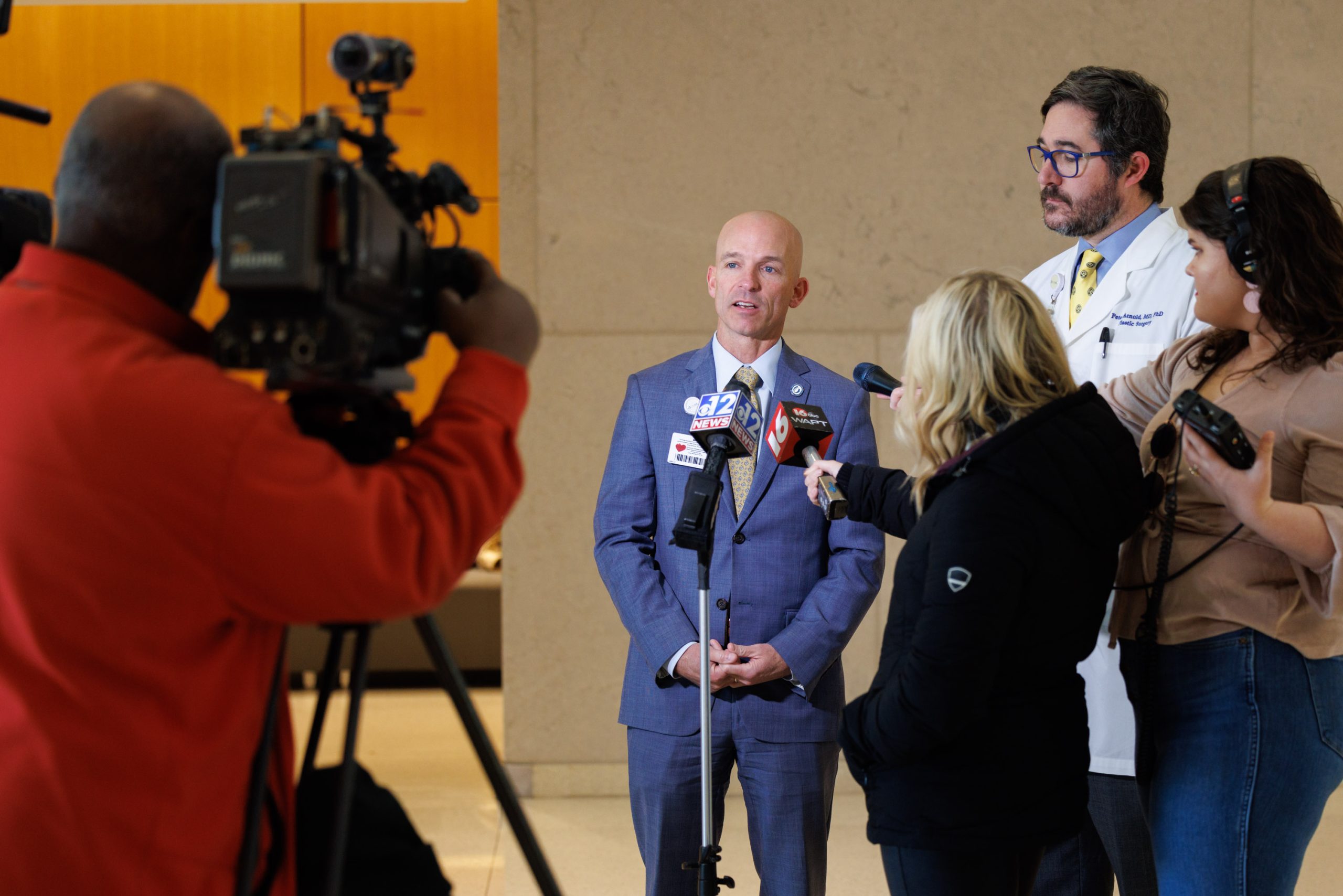
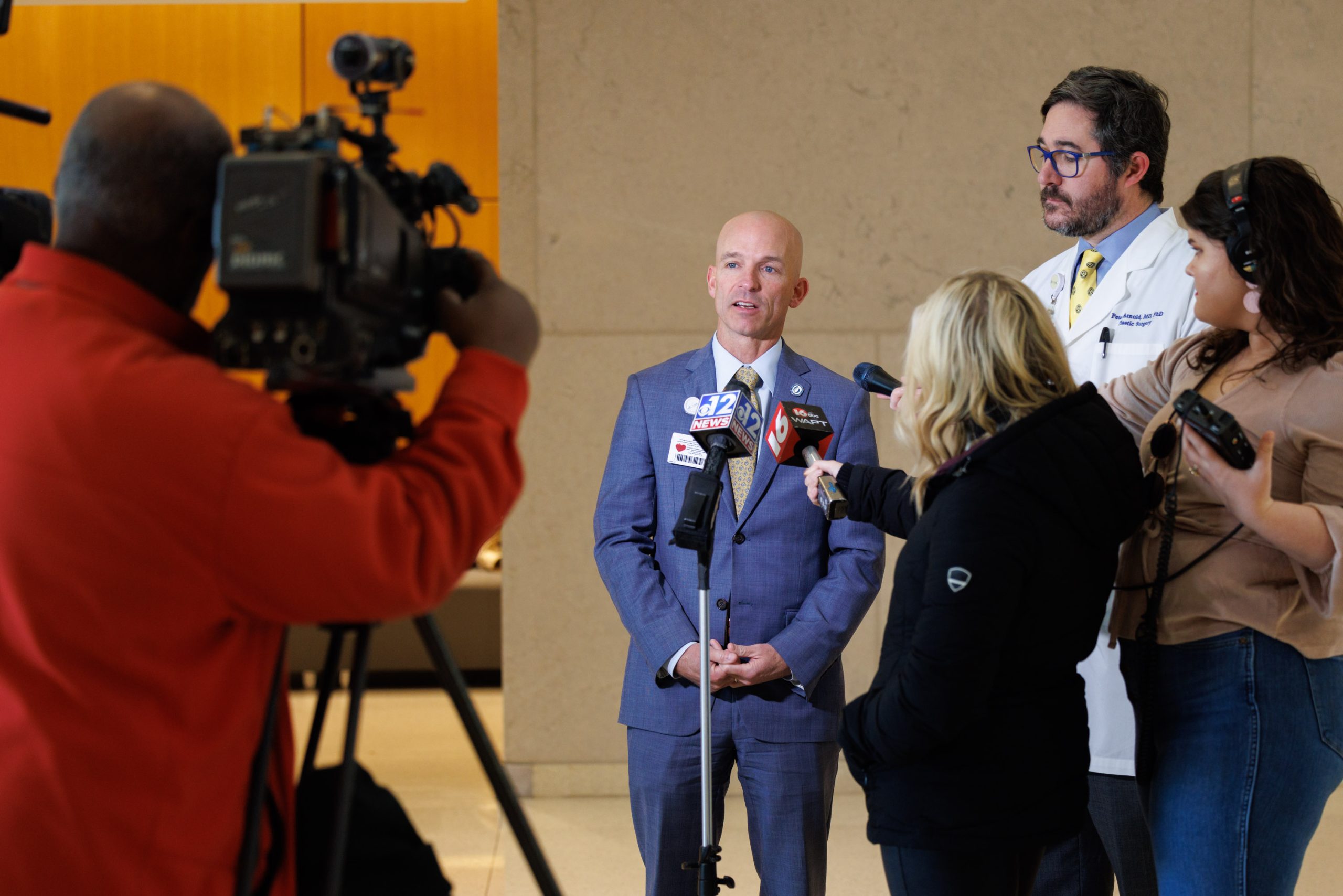
Will Baptist and UMMC battle over burn care?
The University of Mississippi Medical Center and Mississippi Baptist Medical Center are vying to run a burn center in Mississippi — and both are seeking lawmakers’ help to establish them.
Dr. Derek Culnan, the former medical director of the now-closed JMS Burn and Reconstruction Center at Merit Health Central in Jackson, said Merit gave him 30 days’ notice that the hospital would shut down the center because of financial strains brought on by the COVID-19 pandemic and recruitment challenges. Culnan continued caring for existing patients and started talking to hospitals about how to open a new center — and fast.
“This is a state that has a need for this service, and I wasn’t going to quit on the people just because it was hard,” Culnan said.
The burn center at Merit Health Central — which was the only accredited center in the state — saw around 600 to 800 patients a month, according to employees who worked there.
Culnan, who completed a fellowship in burn surgery where he worked with adults and children at the University of Texas, struck a deal with Baptist in Jackson and got privileges at the hospital. When he was admitted to the staff, he began taking care of patients immediately, he said.
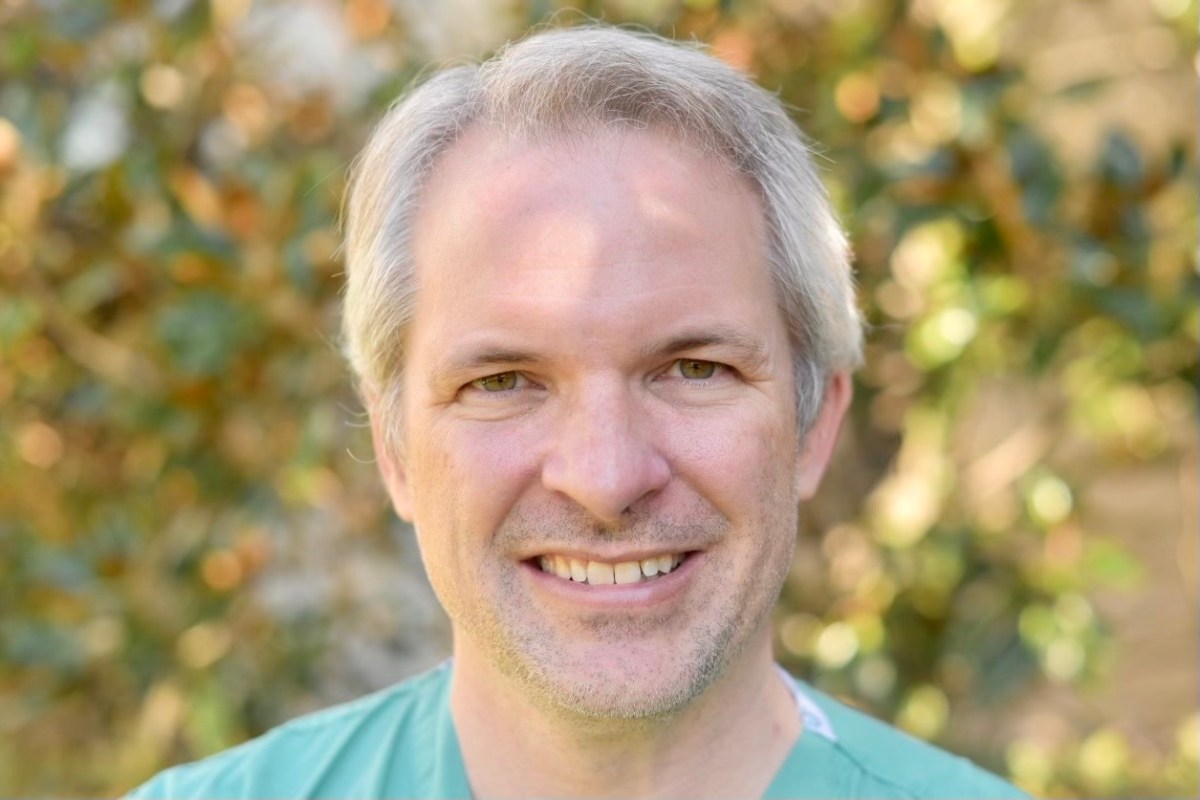
“We’re not working at the scale we were working on at Merit quite yet, but I’m operating on somebody essentially every day,” he said.
Culnan, who says he is one of about 250 specially trained burn surgeons in the United States, also performed complex hand surgeries at the former center, which was the only hand replantation center in the state. Replantation is the surgical reattachment of a finger or hand.
Culnan’s operation has the backing of House Speaker Philip Gunn, who penned a bill that would award $12 million in one-time money to establish a burn center at Baptist.
Gunn said he was approached by Baptist and believes Mississippi needs a burn center, regardless of who runs it.
“It will all be worked out. There are a lot of different ways to go about that,” he said.
Officials with Baptist said to move forward with a burn center, they must acquire specialized equipment and additional intensive care capacity. Culnan is currently operating in standard operating rooms.
“As a result, we have reached out to our elected officials and shared that we are willing and capable of operating this service if we were successful in receiving one-time financial support for some of these costs,” said Bobbie Ware, chief executive officer of Mississippi Baptist Medical Center.
The hospital has not yet submitted its application for accreditation to the state Department of Health, a spokesperson said.
But at the same time, UMMC, the state’s only academic medical center, has been in pursuit of a burn center — despite a history of walking away from the opportunity.
After the burn center in Greenville closed in 2005, state lawmakers in 2006 approached then-vice chancellor of the University of Mississippi Medical Center Dr. Dan Jones about establishing a burn center at UMMC. Jones told Mississippi Today he asked lawmakers for a yearly commitment to help UMMC run the program, but lawmakers only offered one-time money.
UMMC walked away, citing financial constraints, but lawmakers nevertheless passed a bill in 2007, sans funding, authorizing the university to create the Mississippi Burn Center.
In September of last year, University of Mississippi Medical Center officials were mum about whether they planned to pursue opening a burn center following the closure of the center at Merit Health Central. They did say, however, they would increase their capabilities for care of such patients, but offered no specifics.
But UMMC officials have been quietly — and now more overtly — pursuing state funds to establish the burn center. Dr. LouAnn Woodward, vice chancellor for health affairs and dean of the medical school, spoke in front of an appropriations subcommittee at the beginning of the session, and a bill by Sen. John Polk brings forward the code section from 2007 that authorized UMMC to create the Mississippi Burn Center. Lawmakers could use Polk’s bill to appropriate money and make other amendments to the law.
Polk told Mississippi Today he’s made no decision on which hospital he supports establishing a burn center.
“The (burn center) legislation was last looked at in 2007 best I can tell. This is a whole new Legislature,” said Polk. “All kinds of things have changed. We need to bring legislation forward to study it to see if we need to make some changes.”
It’s unclear how much UMMC is asking lawmakers for and if the money would be recurring. UMMC doesn’t have any outside funding for the center at the time, Dr. Alan Jones, associate vice chancellor for clinical affairs, said at a press conference Friday.
He referenced the Mississippi Burn Care Fund, which runs anywhere from $500,000 to $1 million each year, and the hope UMMC will have access to that once it receives accreditation from the Health Department, which manages the fund.
UMMC announced it would be establishing its own burn center one day after submitting its application for accreditation to the Health Department. Dr. Peter Arnold, a plastic surgeon, has been named as the medical director.
UMMC officials say Arnold’s past experience treating burn patients qualifies him for the position, which regulations say must be filled by a physician who has completed a burn fellowship or who has spent two of the previous five years treating burn patients.
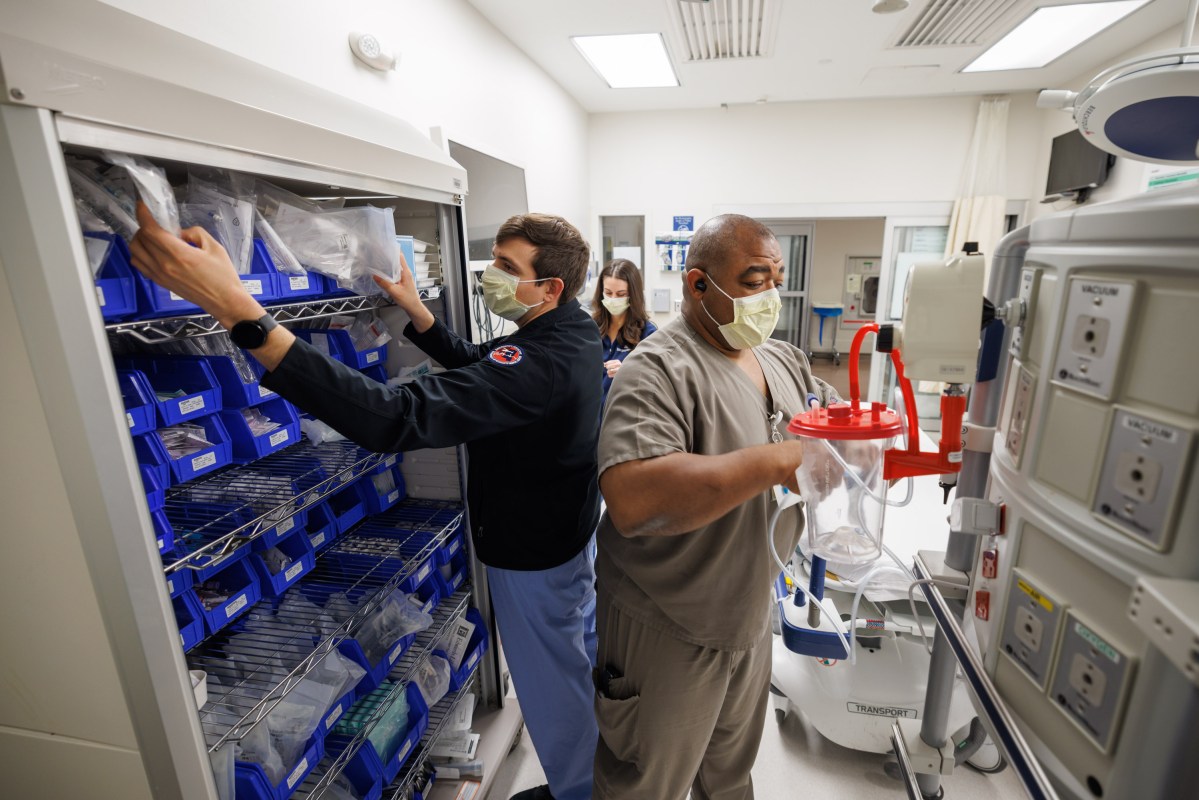
“Dr. Arnold … has had extensive training and experience in caring for patients with acute burns and complex wounds in his nearly 20-year career,” said Jones. “He is assisted at the Mississippi Burn Center by five other highly qualified, expertly trained plastic surgeons, all of whom have significant experience treating pediatric and adult acutely burned patients.”
Jones also told media at a press conference Friday that the hospital has “the necessary infrastructure in place” but will need to make additional hires, including around 30 nurses trained specifically in burn care.
“That won’t be immediately. Over time, it will grow,” said Jones.
He also said they will not have to add additional beds to accommodate running a burn center. Currently, burn patients are being treated on a regular unit in the hospital.
Jones said the university has treated about 75 burn patients through the emergency room in the past four months.
“But as the volume grows, we’ve identified a dedicated space that’s actually ready to go. So after this approval (by the Health Department) has taken place, we’ll begin to operationalize,” he said.
Editor’s note: Kate Royals, Mississippi Today’s community health editor since January 2022, worked as a writer/editor for UMMC’s Office of Communications from November 2018 through August 2020, writing press releases and features about the medical center’s schools of dentistry and nursing.
This article first appeared on Mississippi Today and is republished here under a Creative Commons license.
Mississippi Today
Speaker White wants Christmas tree projects bill included in special legislative session
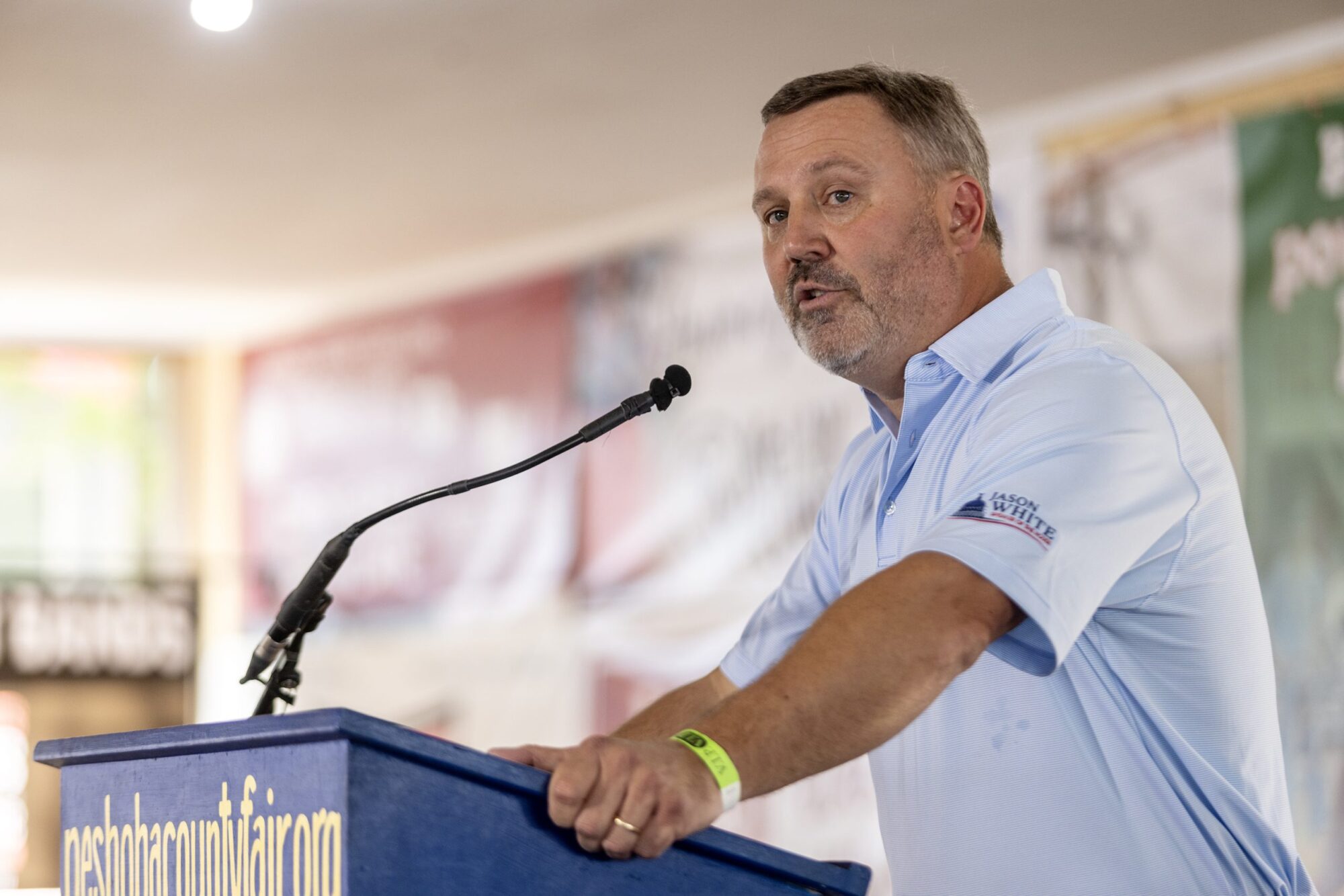
House Speaker Jason White sent a terse letter to Lt. Gov. Delbert Hosemann on Thursday, saying House leaders are frustrated with Senate leaders refusing to discuss a “Christmas tree” bill spending millions on special projects across the state.
The letter signals the two Republican leaders remain far apart on setting an overall $7 billion state budget. Bickering between the GOP leaders led to a stalemate and lawmakers ending their regular 2025 session without setting a budget. Gov. Tate Reeves plans to call them back into special session before the new budget year starts July 1 to avoid a shutdown, but wants them to have a budget mostly worked out before he does so.
White’s letter to Hosemann, which contains words in all capital letters that are underlined and italicized, said that the House wants to spend cash reserves on projects for state agencies, local communities, universities, colleges, and the Mississippi Department of Transportation.
“We believe the Senate position to NOT fund any local infrastructure projects is unreasonable,” White wrote.
The speaker in his letter noted that he and Hosemann had a meeting with the governor on Tuesday. Reeves, according to the letter, advised the two legislative leaders that if they couldn’t reach an agreement on how to disburse the surplus money, referred to as capital expense money, they should not spend any of it on infrastructure.
A spokesperson for Hosemann said the lieutenant governor has not yet reviewed the letter, and he was out of the office on Thursday working with a state agency.
“He is attending Good Friday services today, and will address any correspondence after the celebration of Easter,” the spokesperson said.
Hosemann has recently said the Legislature should set an austere budget in light of federal spending cuts coming from the Trump administration, and because state lawmakers this year passed a measure to eliminate the state income tax, the source of nearly a third of the state’s operating revenue.
Lawmakers spend capital expense money for multiple purposes, but the bulk of it — typically $200 million to $400 million a year — goes toward local projects, known as the Christmas Tree bill. Lawmakers jockey for a share of the spending for their home districts, in a process that has been called a political spoils system — areas with the most powerful lawmakers often get the largest share, not areas with the most needs. Legislative leaders often use the projects bill as either a carrot or stick to garner votes from rank and file legislators on other issues.
A Mississippi Today investigation last year revealed House Ways and Means Chairman Trey Lamar, a Republican from Sentobia, has steered tens of millions of dollars in Christmas tree spending to his district, including money to rebuild a road that runs by his north Mississippi home, renovate a nearby private country club golf course and to rebuild a tiny cul-de-sac that runs by a home he has in Jackson.
There is little oversight on how these funds are spent, and there is no requirement that lawmakers disburse the money in an equal manner or based on communities’ needs.
In the past, lawmakers borrowed money for Christmas tree bills. But state coffers have been full in recent years largely from federal pandemic aid spending, so the state has been spending its excess cash. White in his letter said the state has “ample funds” for a special projects bill.
“We, in the House, would like to sit down and have an agreement with our Senate counterparts on state agency Capital Expenditure spending AND local projects spending,” White wrote. “It is extremely important to our agencies and local governments. The ball is in your court, and the House awaits your response.”
This article first appeared on Mississippi Today and is republished here under a Creative Commons Attribution-NoDerivatives 4.0 International License.
Mississippi Today
Advocate: Election is the chance for Jackson to finally launch in the spirit of Blue Origin
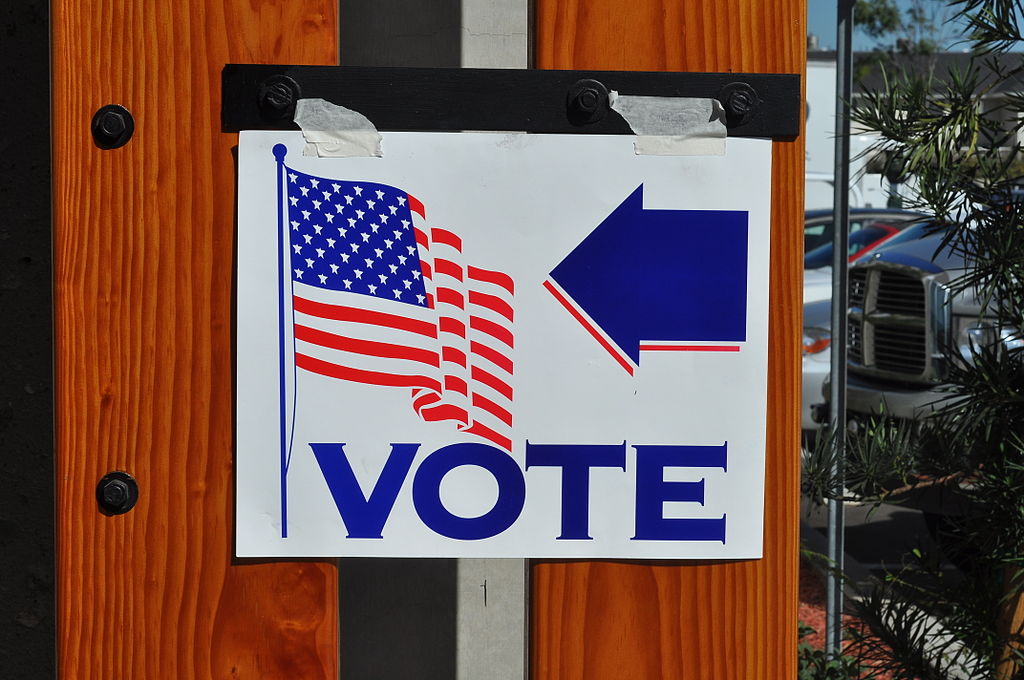
Editor’s note: This essay is part of Mississippi Today Ideas, a platform for thoughtful Mississippians to share fact-based ideas about our state’s past, present and future. You can read more about the section here.
As the world recently watched the successful return of Blue Origin’s historic all-women crew from space, Jackson stands grounded. The city is still grappling with problems that no rocket can solve.
But the spirit of that mission — unity, courage and collective effort — can be applied right here in our capital city. Instead of launching away, it is time to launch together toward a more just, functioning and thriving Jackson.
The upcoming mayoral runoff election on April 22 provides such an opportunity, not just for a new administration, but for a new mindset. This isn’t about endorsements. It’s about engagement.
It’s a moment for the people of Jackson and Hinds County to take a long, honest look at ourselves and ask if we have shown up for our city and worked with elected officials, instead of remaining at odds with them.
It is time to vote again — this time with deeper understanding and shared responsibility. Jackson is in crisis — and crisis won’t wait.
According to the U.S. Census projections, Jackson is the fastest-shrinking city in the United States, losing nearly 4,000 residents in a single year. That kind of loss isn’t just about numbers. It’s about hope, resources, and people’s decision to give up rather than dig in.
Add to that the long-standing issues: a crippled water system, public safety concerns, economic decline and a sense of division that often pits neighbor against neighbor, party against party and race against race.
Mayor Chokwe Antar Lumumba has led through these storms, facing criticism for his handling of the water crisis, staffing issues and infrastructure delays. But did officials from the city, the county and the state truly collaborate with him or did they stand at a distance, waiting to assign blame?
On the flip side, his runoff opponent, state Sen. John Horhn, who has served for more than three decades, is now seeking to lead the very city he has represented from the Capitol. Voters should examine his legislative record and ask whether he used his influence to help stabilize the administration or only to position himself for this moment.
Blaming politicians is easy. Building cities is hard. And yet that is exactly what’s needed. Jackson’s future will not be secured by a mayor alone. It will take so many of Jackson’s residents — voters, business owners, faith leaders, students, retirees, parents and young people — to move this city forward. That’s the liftoff we need.
It is time to imagine Jackson as a capital city where clean, safe drinking water flows to every home — not just after lawsuits or emergencies, but through proactive maintenance and funding from city, state and federal partnerships. The involvement of the U.S. Environmental Protection Agency in the effort to improve the water system gives the city leverage.
Public safety must be a guarantee and includes prevention, not just response, with funding for community-based violence interruption programs, trauma services, youth job programs and reentry support. Other cities have done this and it’s working.
Education and workforce development are real priorities, preparing young people not just for diplomas but for meaningful careers. That means investing in public schools and in partnerships with HBCUs, trade programs and businesses rooted right here.
Additionally, city services — from trash collection to pothole repair — must be reliable, transparent and equitable, regardless of zip code or income. Seamless governance is possible when everyone is at the table.
Yes, democracy works because people show up. Not just to vote once, but to attend city council meetings, serve on boards, hold leaders accountable and help shape decisions about where resources go.
This election isn’t just about who gets the title of mayor. It’s about whether Jackson gets another chance at becoming the capital city Mississippi deserves — a place that leads by example and doesn’t lag behind.
The successful Blue Origin mission didn’t happen by chance. It took coordinated effort, diverse expertise and belief in what was possible. The same is true for this city.
We are not launching into space. But we can launch a new era marked by cooperation over conflict, and by sustained civic action over short-term outrage.
On April 22, go vote. Vote not just for a person, but for a path forward because Jackson deserves liftoff. It starts with us.
Pauline Rogers is a longtime advocate for criminal justice reform and the founder of the RECH Foundation, an organization dedicated to supporting formerly incarcerated individuals as they reintegrate into society. She is a Transformative Justice Fellow through The OpEd Project Public Voices Fellowship.
This article first appeared on Mississippi Today and is republished here under a Creative Commons Attribution-NoDerivatives 4.0 International License.![]()
Mississippi Today
On this day in 1959, students marched for integrated schools
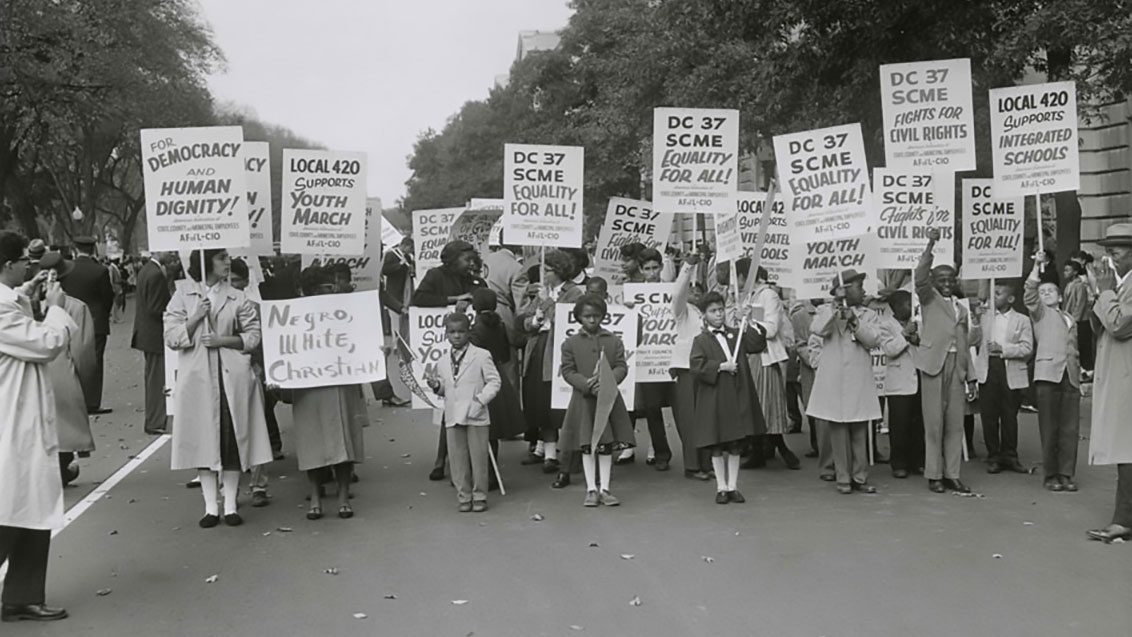
April 18, 1959

About 26,000 students took part in the Youth March for Integrated Schools in Washington, D.C. They heard speeches by Martin Luther King Jr., A. Phillip Randolph and NAACP leader Roy Wilkins.
In advance of the march, false accusations were made that Communists had infiltrated the group. In response, the civil rights leaders put out a statement: “The sponsors of the March have not invited Communists or communist organizations. Nor have they invited members of the Ku Klux Klan or the White Citizens’ Council. We do not want the participation of these groups, nor of individuals or other organizations holding similar views.”
After the march, a delegation of students went to present their demands to President Eisenhower, only to be told by his deputy assistant that “the president is just as anxious as they are to see an America where discrimination does not exist, where equality of opportunity is available to all.”
King praised the students, saying, “In your great movement to organize a march for integrated schools, you have awakened on hundreds of campuses throughout the land a new spirit of social inquiry to the benefit of all Americans.”
This article first appeared on Mississippi Today and is republished here under a Creative Commons Attribution-NoDerivatives 4.0 International License.![]()
-

 Mississippi Today6 days ago
Mississippi Today6 days agoLawmakers used to fail passing a budget over policy disagreement. This year, they failed over childish bickering.
-

 Mississippi Today6 days ago
Mississippi Today6 days agoOn this day in 1873, La. courthouse scene of racial carnage
-

 Local News7 days ago
Local News7 days agoAG Fitch and Children’s Advocacy Centers of Mississippi Announce Statewide Protocol for Child Abuse Response
-

 Local News6 days ago
Local News6 days agoSouthern Miss Professor Inducted into U.S. Hydrographer Hall of Fame
-

 News from the South - Alabama News Feed4 days ago
News from the South - Alabama News Feed4 days agoFoley man wins Race to the Finish as Kyle Larson gets first win of 2025 Xfinity Series at Bristol
-

 News from the South - Alabama News Feed5 days ago
News from the South - Alabama News Feed5 days agoFederal appeals court upholds ruling against Alabama panhandling laws
-

 Our Mississippi Home7 days ago
Our Mississippi Home7 days agoFood Chain Drama | Our Mississippi Home
-

 News from the South - North Carolina News Feed7 days ago
News from the South - North Carolina News Feed7 days agoHelene: Renewed focus on health of North Carolina streams | North Carolina













